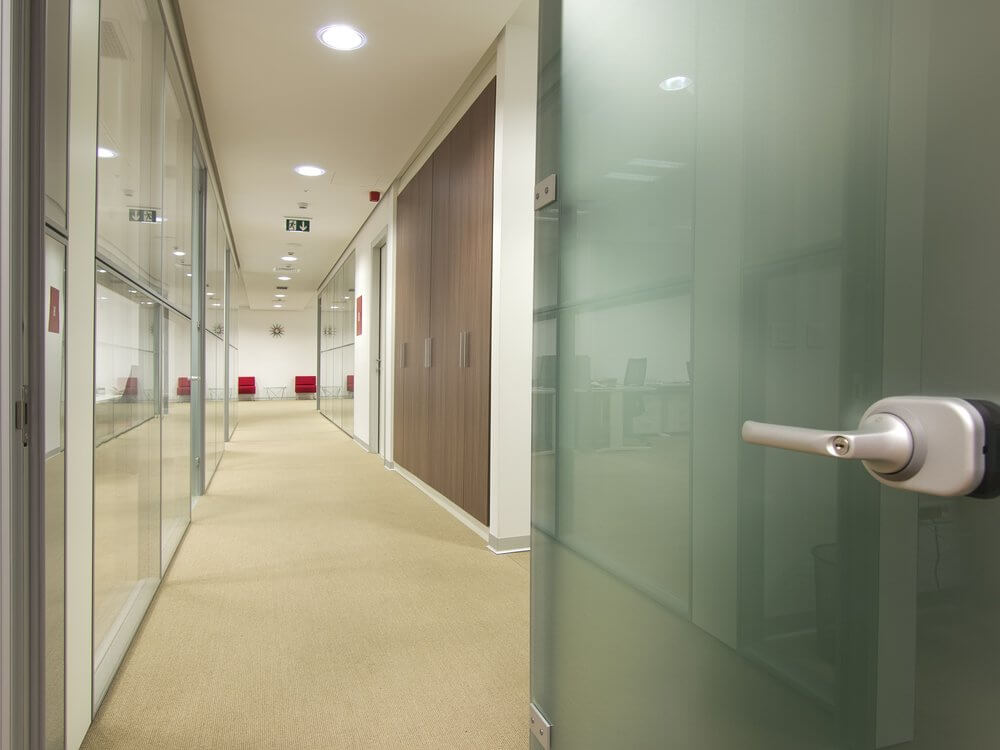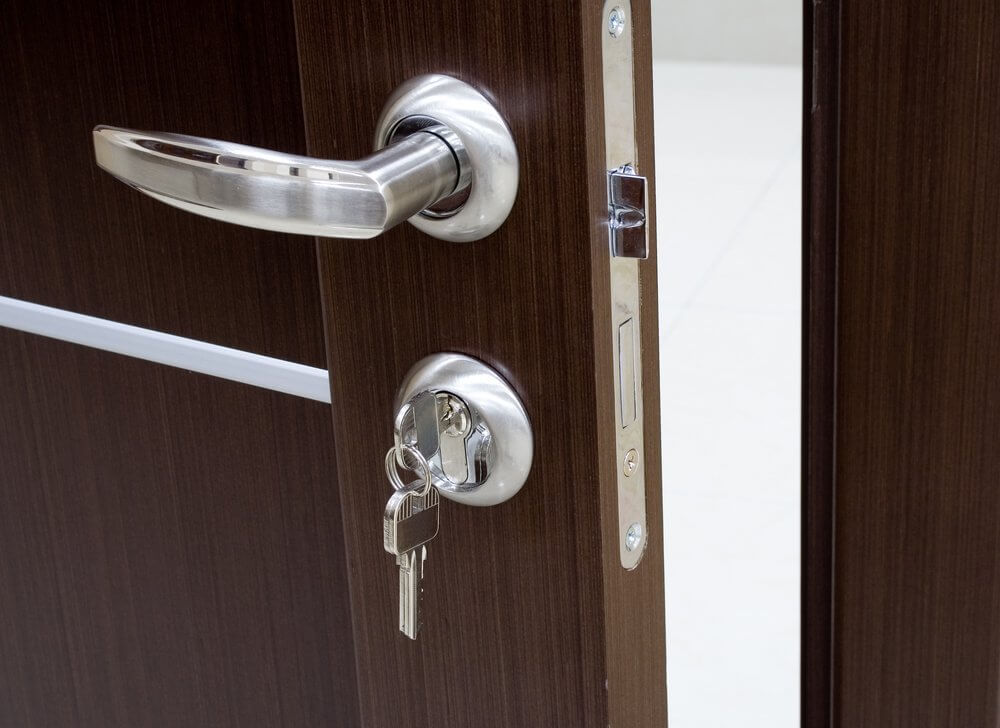
When it comes to office security, many companies focus on cybersecurity, which means physical security can often get overlooked. However, the impact of poor physical security affects a whole organization, as it can result in the loss of crucial data, damage to company property, threats to employee safety and financial ruin. Here’s a look at three common office security problems and what facility managers can do to avoid them.
Break-ins

Offices that are unprepared for physical intrusions such as break-ins increase the risk of employees being harmed or equipment being stolen. Physical prevention is the first layer of security that managers need to address. A simple option is to ensure that potential access points like doors, windows and unresistant walls are reinforced with heavy locks, durable barricades or scanners.
Having visible security measures like security cameras and strong lighting in high-risk areas can also help deter intruders from attempting to enter the premises in the first place.
In case a break-in does occur, offices need to have an established security response. FMs can help reduce the consequences of a break-in by:
- Setting up and testing alarm systems.
- Installing glass break or motion sensors.
- Creating a clear crisis plan.
Social engineering

According to the Verizon 2015 DBIR report, 90% of all company security incidents are due to human error—and social engineering is a major contributor to this issue.
Social engineering occurs when an intruder gains unauthorized access to data or a facility by using false credentials, either through email, over the phone or in person.
Intruders might rely on impersonations, blackmail, distractions or other techniques to exploit the human component of your security system.
The subtlety involved can make this problem difficult to catch, but there are effective security measures that managers can employ:
- Up-to-date access control for authorized personnel.
- Employee training sessions on common manipulation tactics.
- Documented guidelines on how data and access can be given.
Theft and loss

Property crime, including external theft, is one of the major security threats to offices. An increasingly mobile workforce coupled with a rise in the number of networked mobile devices has made the risk of losing important company resources even greater. To reduce the chances of theft, managers can:
- Use an inventory tracking system to determine the location of any item.
- Implement encryption policies to secure critical data.
- Provide remote workers with an allowance for security measures like locks or cases for laptops.
Many security systems can be circumvented if they rely on a single security method to provide protection. Managers should take a layered approach, using multiple security measures to control access. With a well-tested and multi-layered system in place, offices can remain fully secure from potential intruders.
Photos: Basileus / Shutterstock.com, Milkos / Shutterstock.com, Stokkete / Shutterstock.com, Nao Triponez



